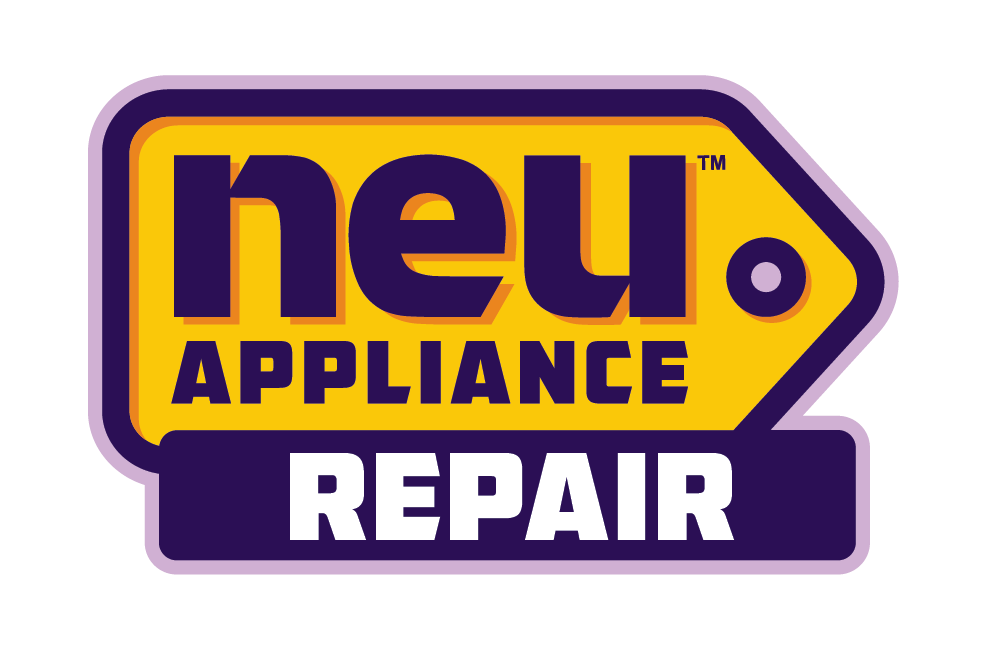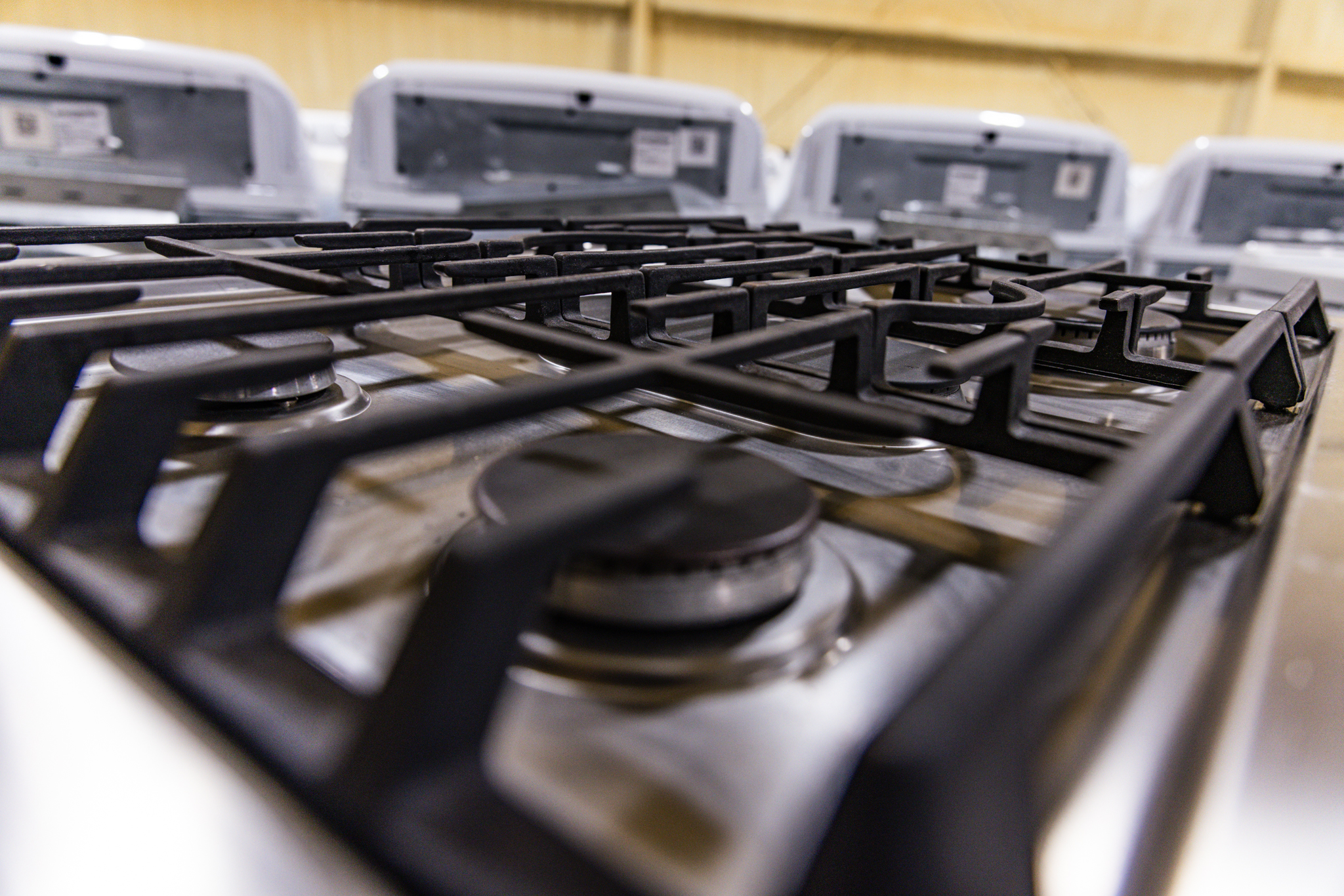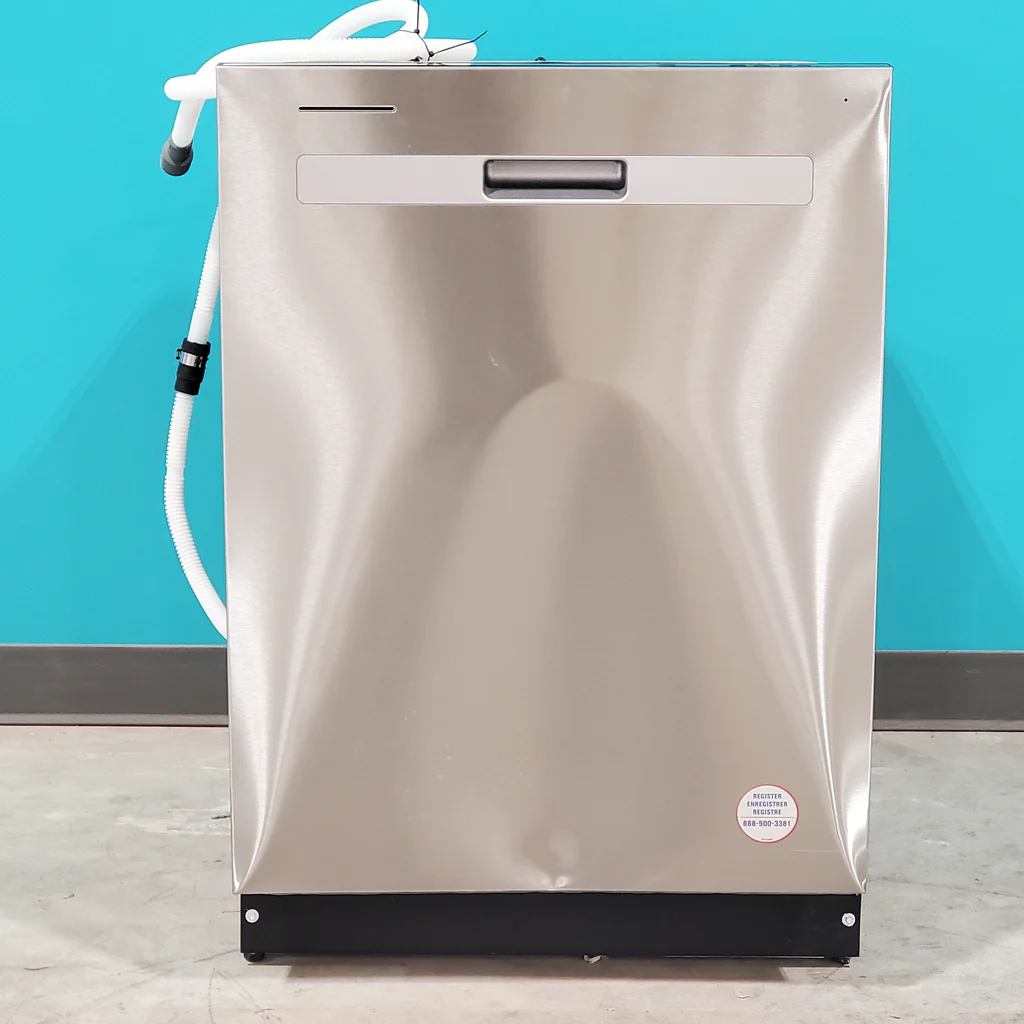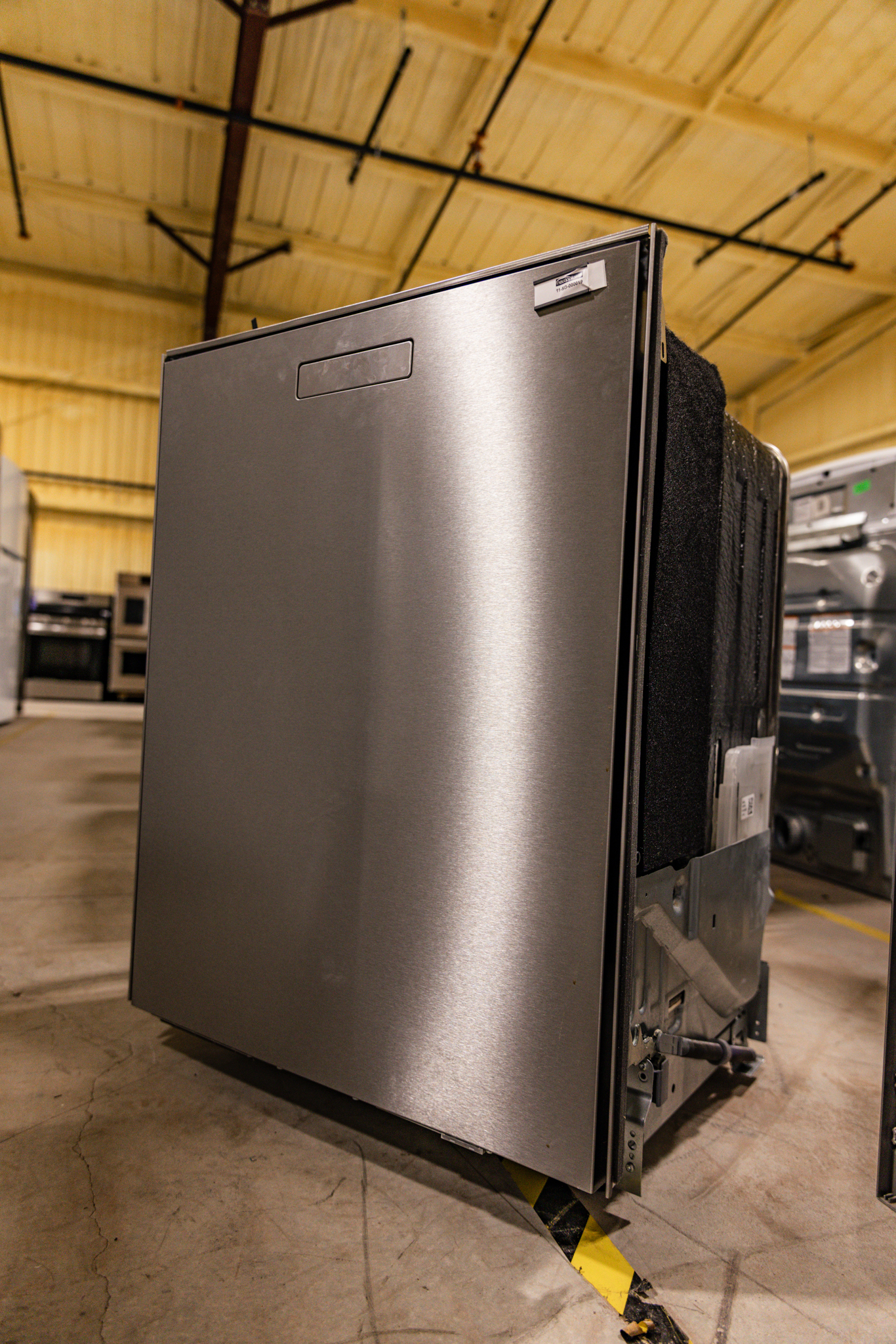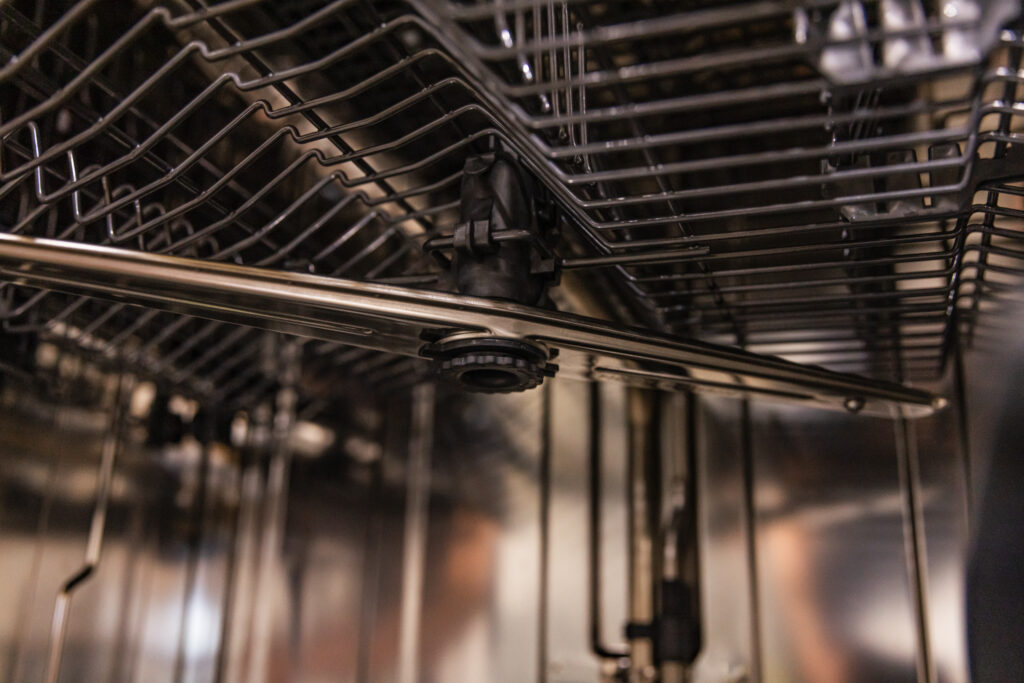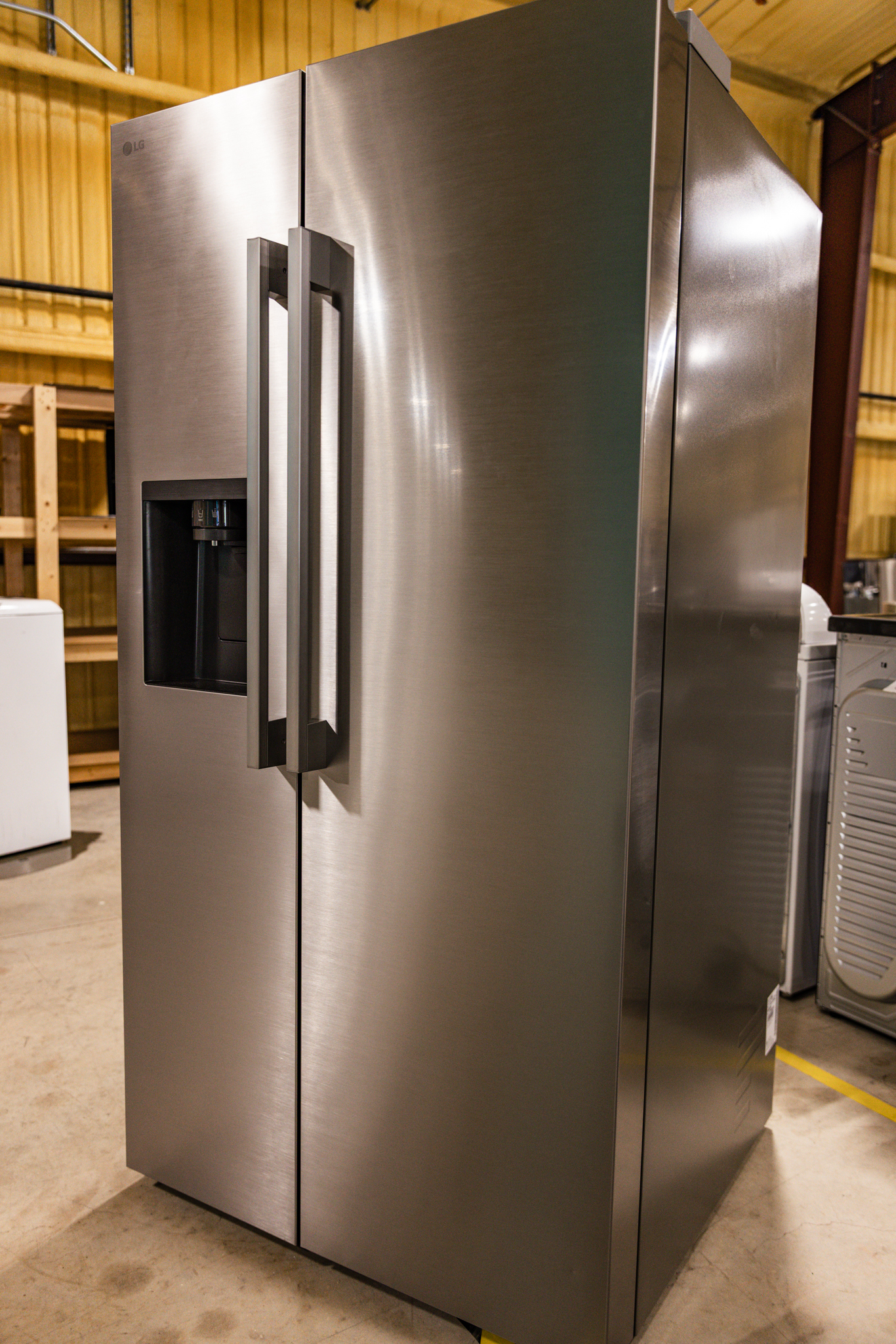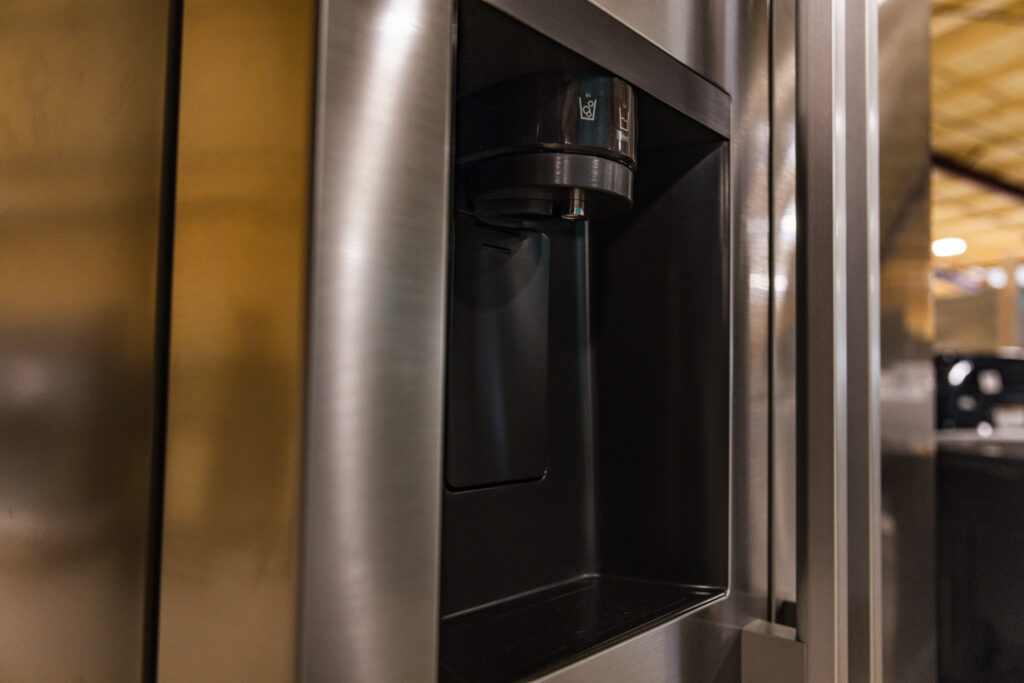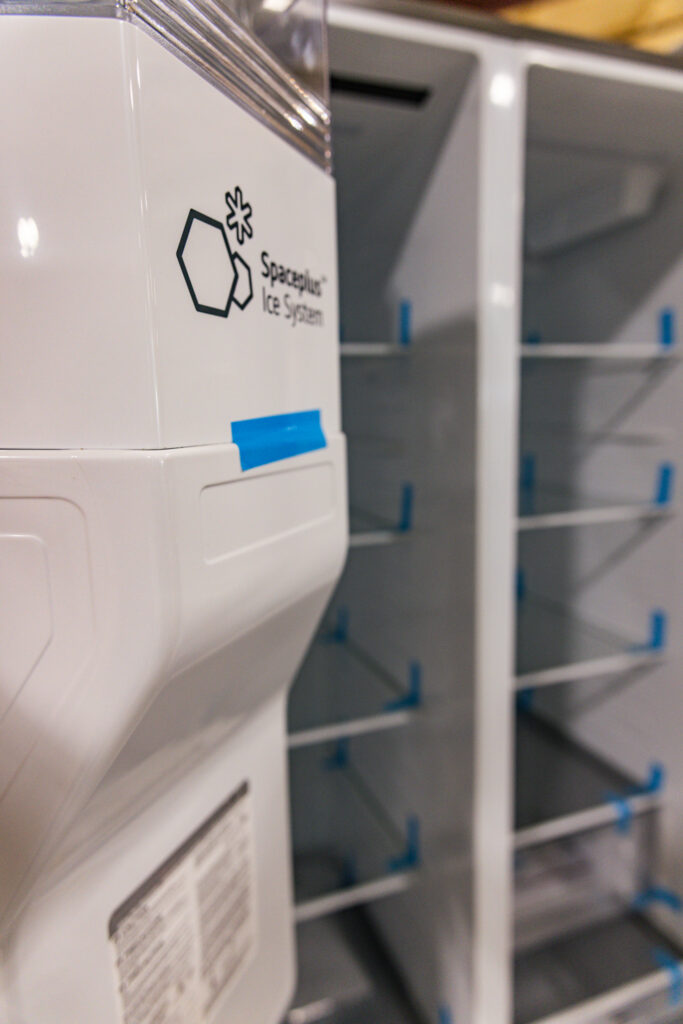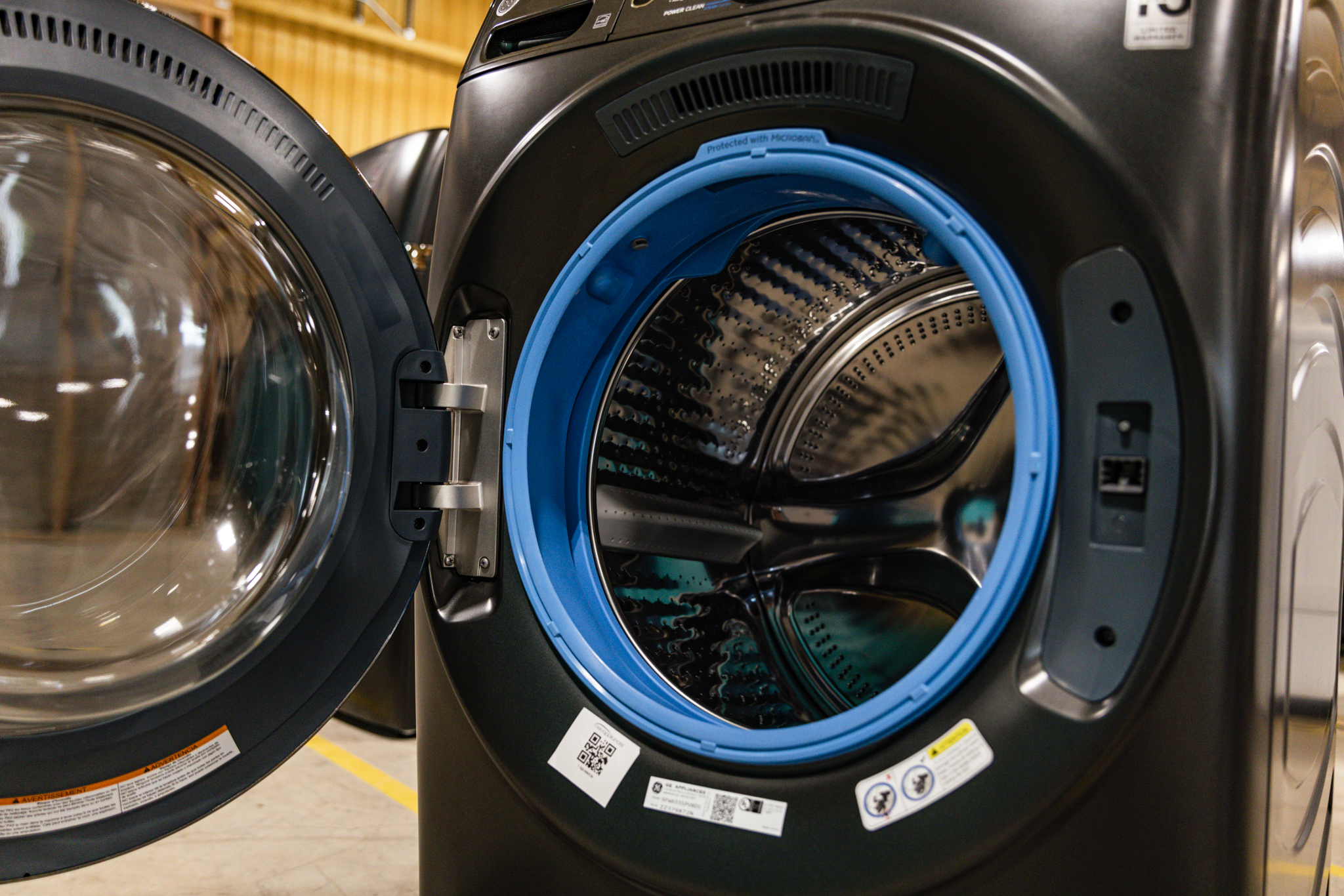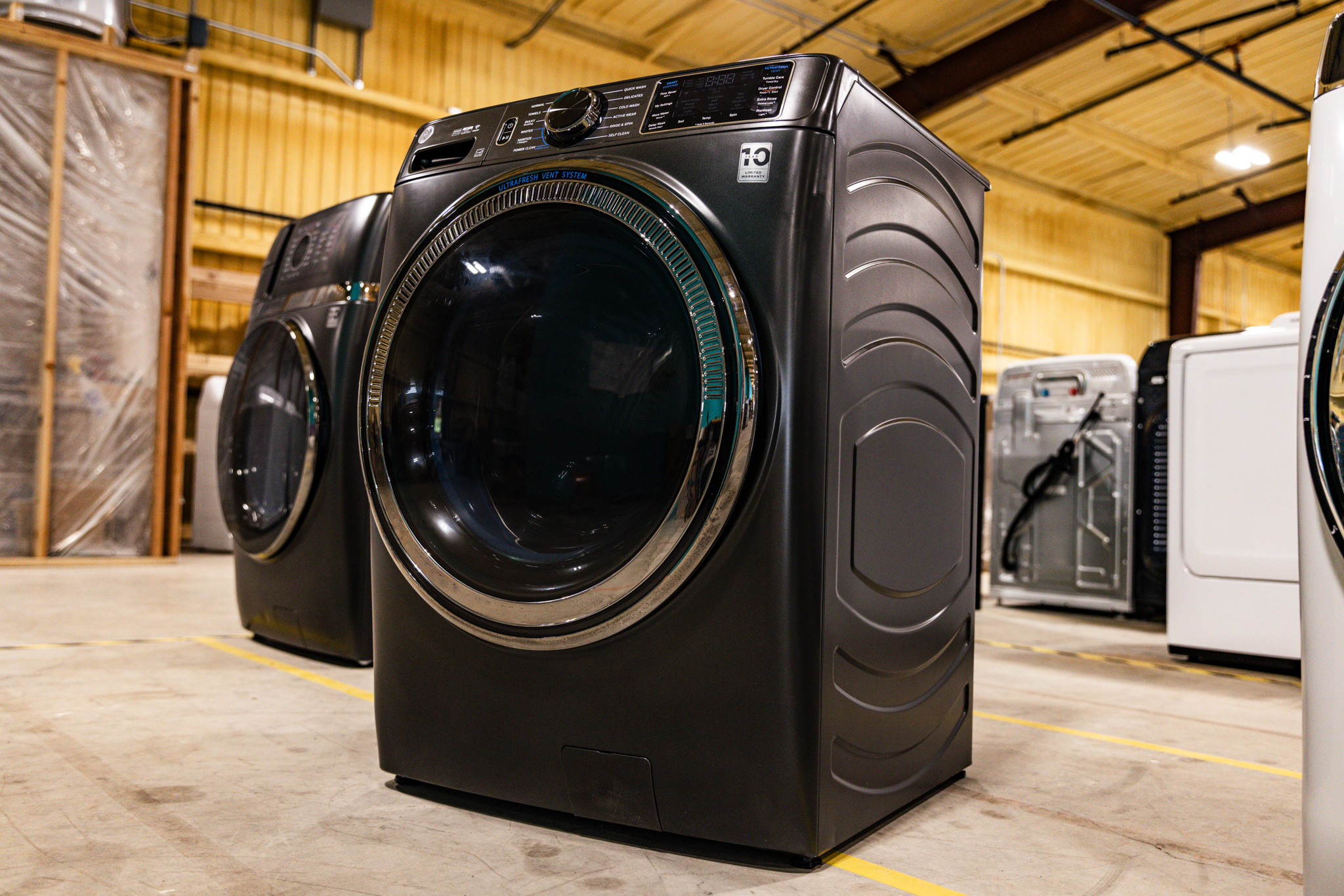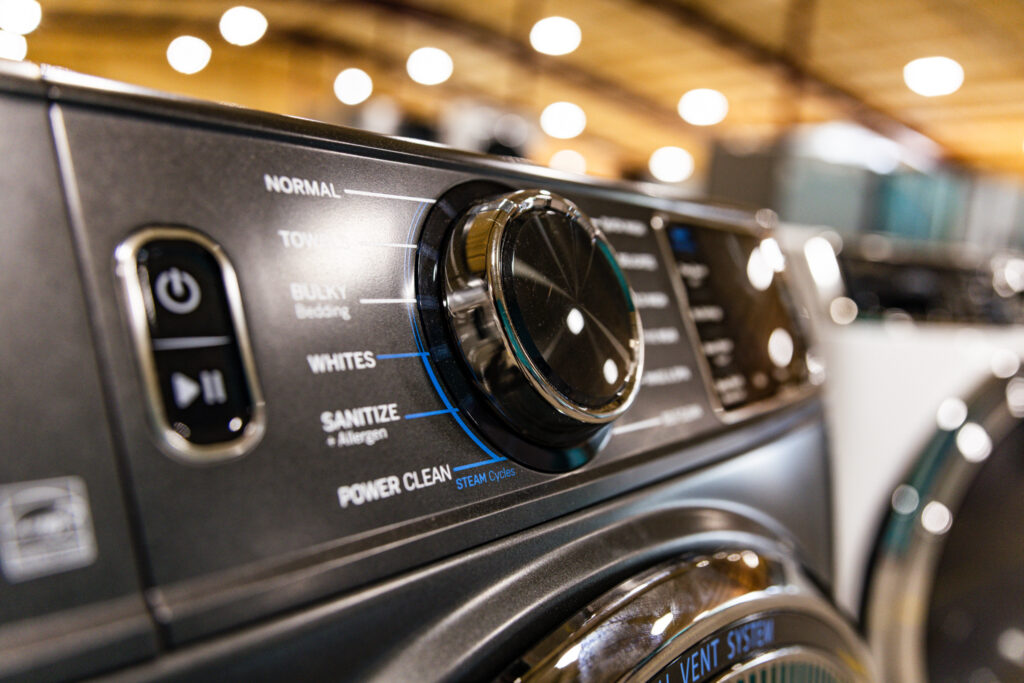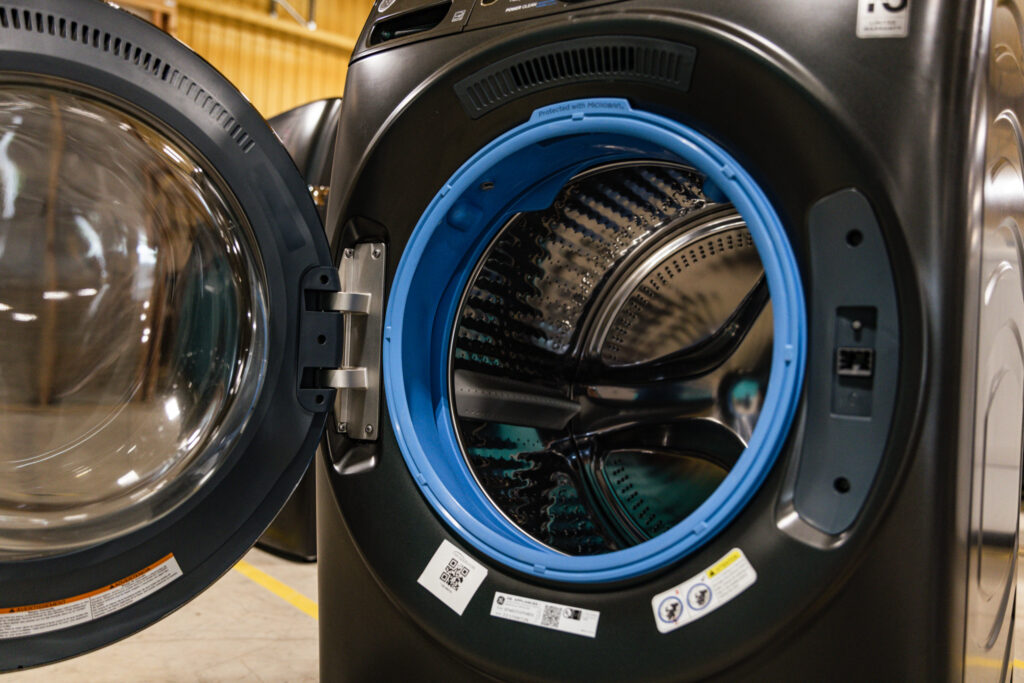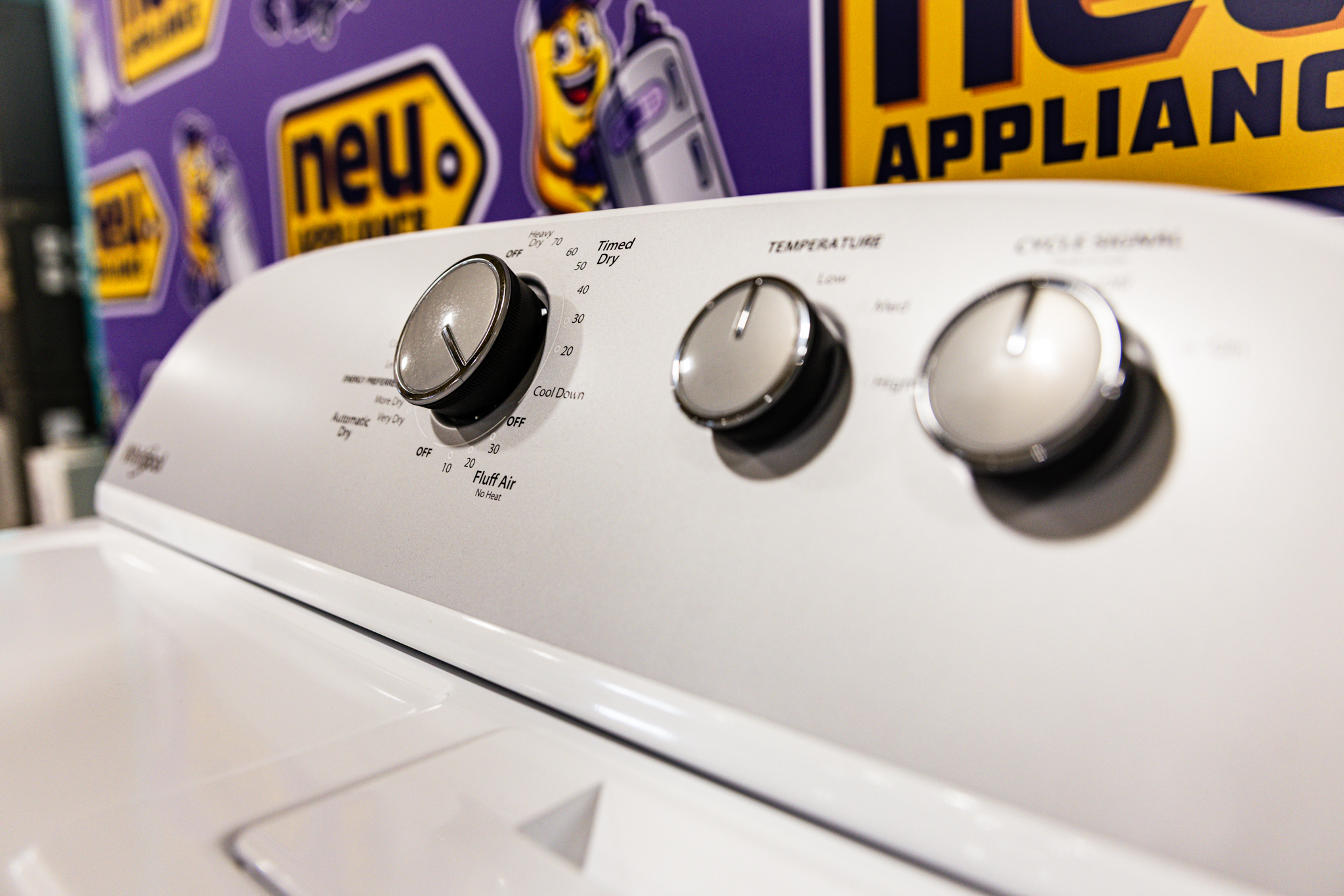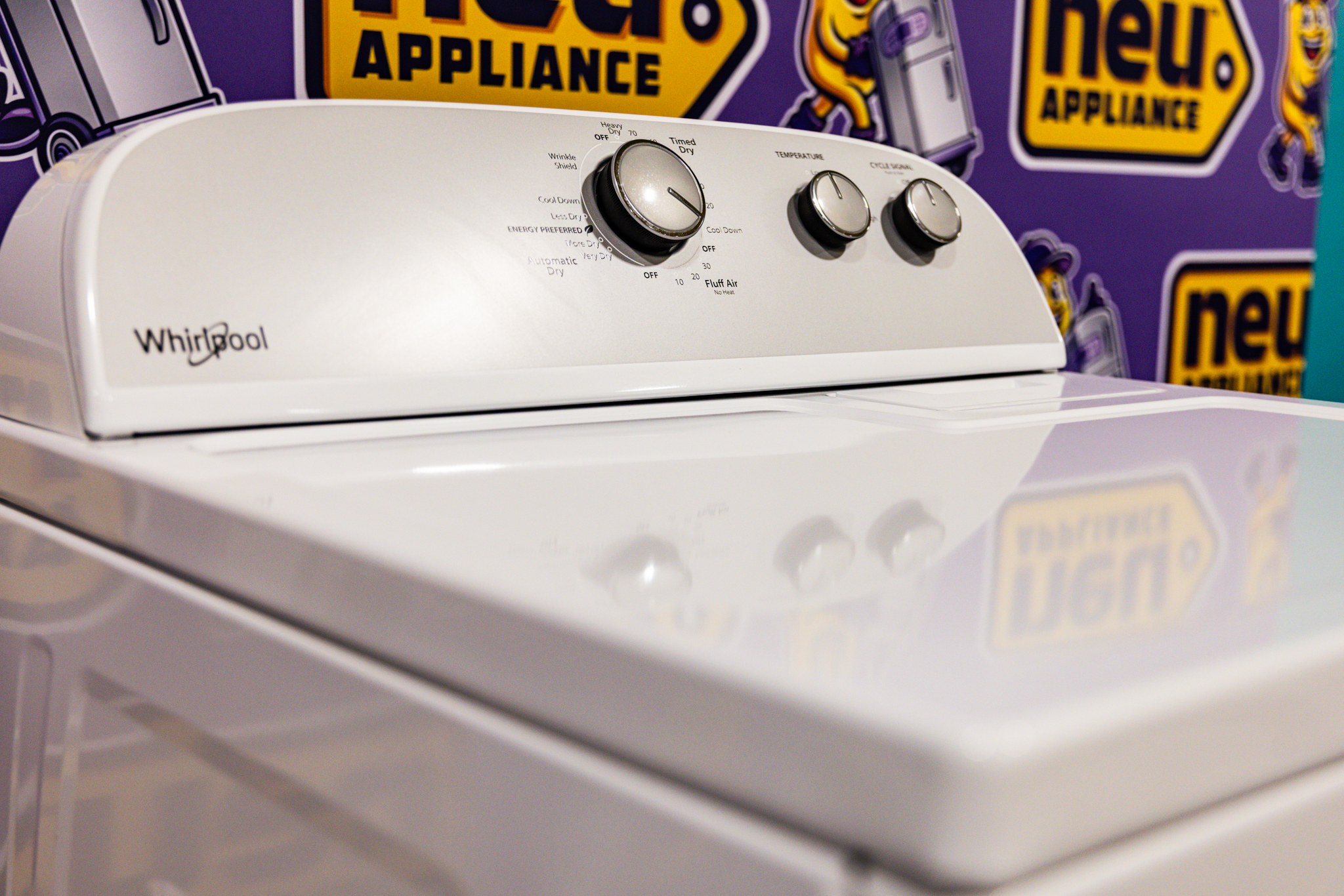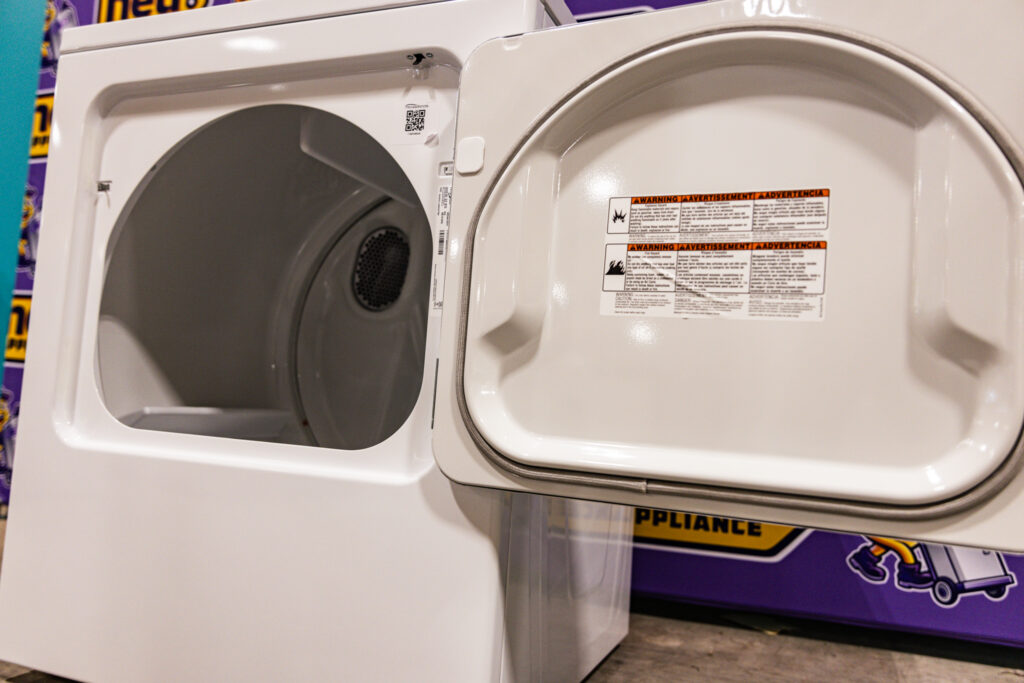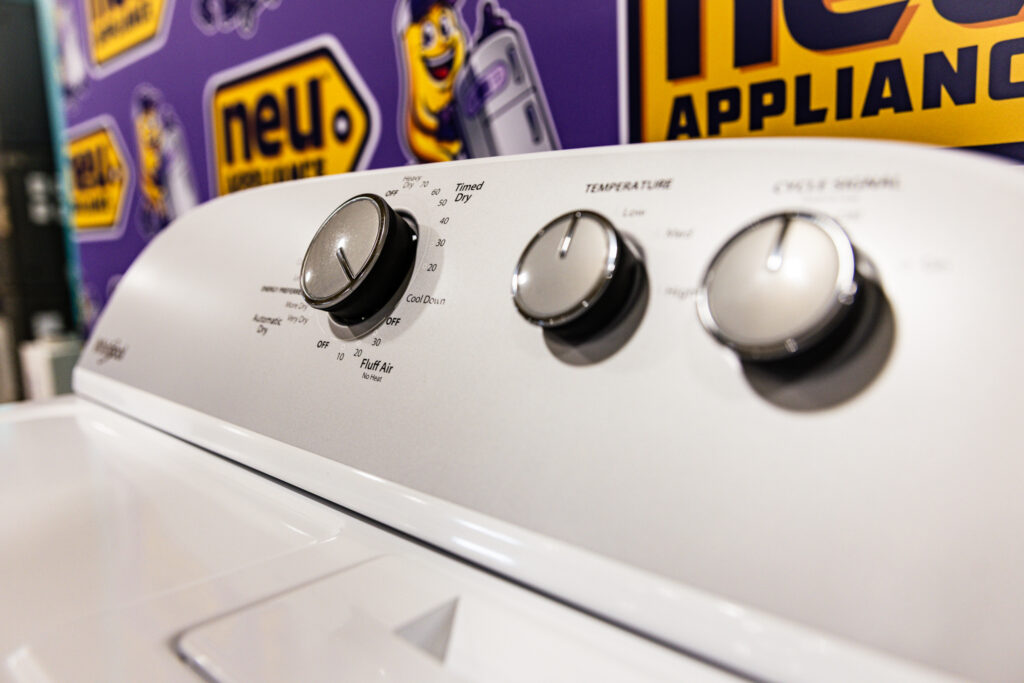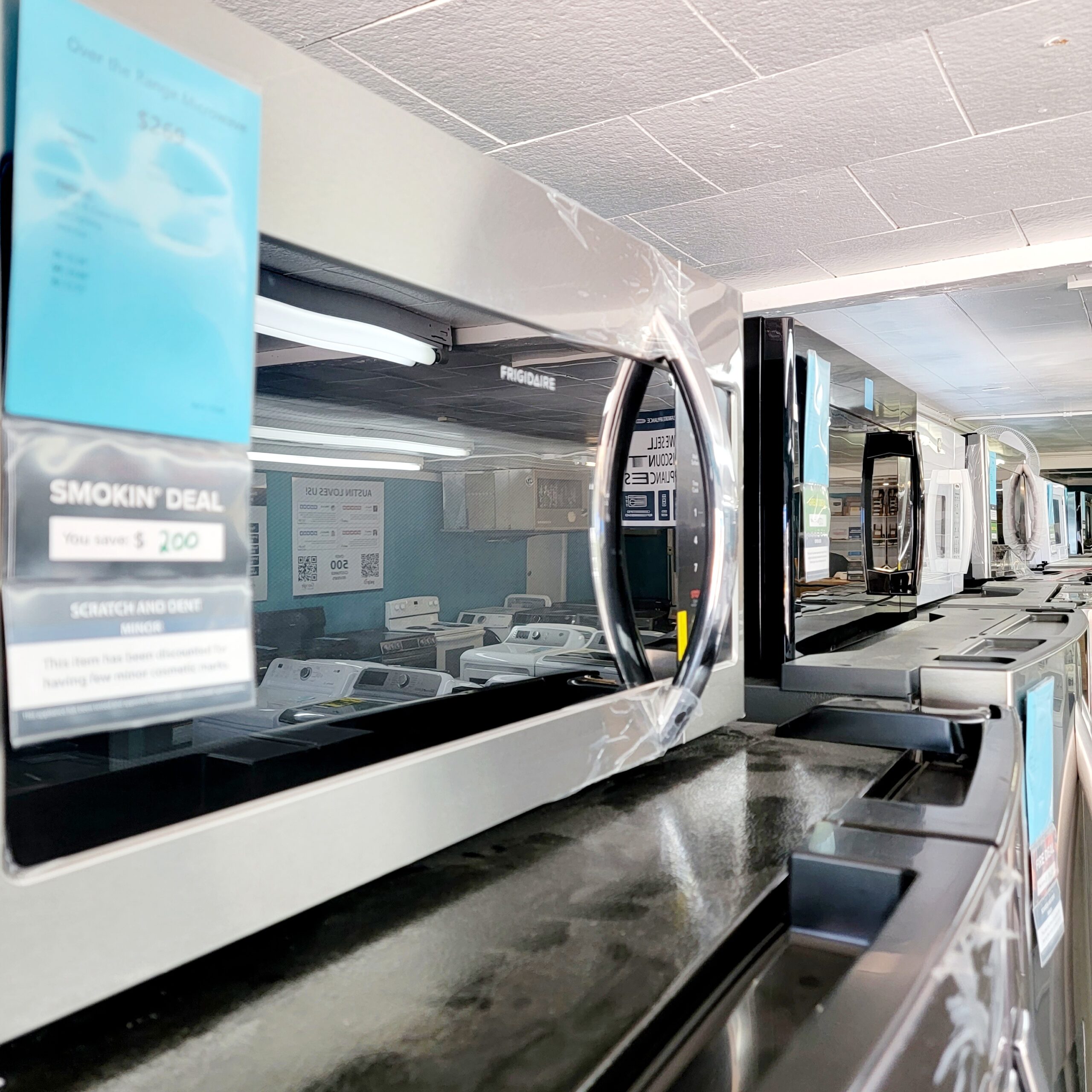Is your gas range refusing to ignite, derailing your cooking plans? NEU Appliance Repair’s latest blog post uncovers the most common gas range repair for scratch and dent or standard units. Learn why this problem strikes, how to diagnose it, and DIY solutions to get your burners firing again. Our expert tips empower homeowners and DIYers to save on repairs and keep cooking. Don’t let a faulty range cool your kitchen dreams! Explore the full article now for clear, step-by-step guidance to restore your gas range’s sizzle.
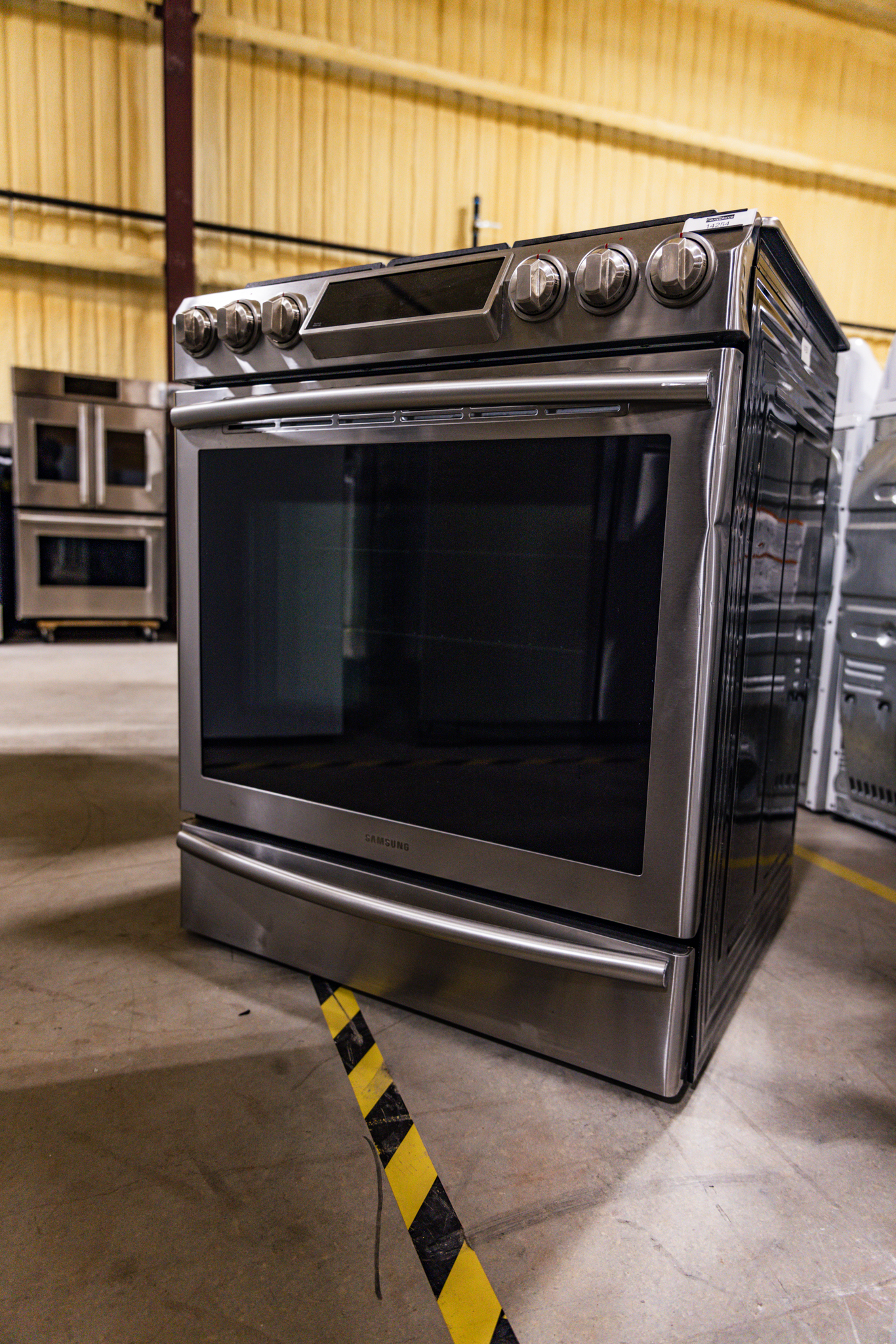
The Most Common Repair For Gas Ranges
Is your gas range refusing to spark, leaving you with raw ingredients instead of a sizzling meal? You’re not alone in this kitchen frustration! At NEU Appliance Repair, we’ve handled countless range issues through our appliance repair in Austin service, and one component consistently stands out as the most common troublemaker: the ignitor. This small but critical part is the heart of your gas range’s flame, but when it fails, it can douse your cooking plans. The good news? With the right know-how, you can tackle gas range repair, prevent future breakdowns, and keep your kitchen firing on all cylinders—especially for scratch and dent ranges that deliver top performance at a bargain price!
Why the Ignitor Matters
The ignitor is the spark that lights the gas in your range’s burners or oven, creating the flame needed for cooking or baking. Located near the burner heads (for stovetop) or inside the oven (for baking), this electrical component generates a spark or glows red-hot to ignite the gas. Without a working ignitor, your burners won’t light, and your oven won’t heat, turning your range into a glorified countertop. Wear from frequent use, grease buildup, or electrical issues can cause the ignitor to fail, leading to the need for gas range ignitor repair.
In our years of providing home appliance repair in Austin, we’ve found that ignitor failure is the top reason gas ranges need attention. From Georgetown to Round Rock, Austin-area households rely on their ranges for daily meals, and a faulty ignitor can disrupt your routine. Understanding this common issue empowers you to act quickly—whether you’re diving into gas range repair yourself or calling our expert technicians for a fast fix.
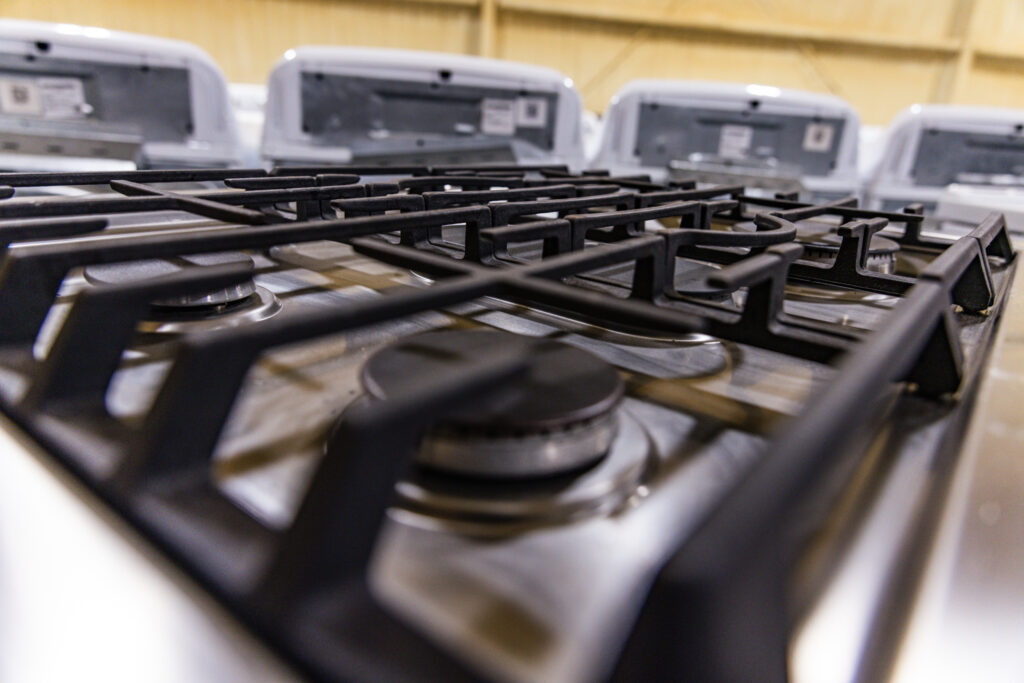
Signs Your Ignitor Needs Repair
How do you know if the ignitor is the problem? Watch for these telltale signs:
- Burners Won’t Light: You hear clicking but see no flame, or the burner doesn’t ignite at all.
- Oven Won’t Heat: The oven stays cold despite the gas valve opening, indicating a faulty oven ignitor.
- Weak or No Spark: The stovetop ignitor produces a faint spark or none, failing to light the burner.
- Gas Smell Without Flame: A faint gas odor (quickly ventilate and shut off gas) suggests the ignitor isn’t igniting.
- Error Codes: Some modern ranges display codes (e.g., “F7” for GE) when the ignitor fails.
If you’re noticing these symptoms, don’t worry! Gas range ignitor repair is often straightforward and affordable. At NEU Appliance Repair, our $99 flat-rate service call includes a thorough diagnostic to confirm the issue, followed by a transparent estimate for repair or our unique Repair or Replace option. For scratch and dent gas ranges, replacing the ignitor can restore fiery performance without the cost of a new unit.
Fixing a Faulty Ignitor
Ready to tackle gas range ignitor repair? Here’s a step-by-step guide to get you started (note: always exercise caution with gas appliances and consult a professional if unsure):
- Turn Off Gas and Power: Shut off the gas supply and unplug the range to ensure safety.
- Access the Ignitor: For burners, lift the cooktop or remove burner caps; for ovens, remove the oven bottom panel to locate the ignitor.
- Inspect for Damage: Check the ignitor for cracks, burn marks, or wear; a damaged ignitor needs replacement.
- Test the Ignitor: Use a multimeter to check for continuity; a failed ignitor shows no reading and must be replaced.
- Replace the Ignitor: Install a new range repair part (available from NEU Appliance Parts), securing all connections.
- Test the Range: Restore gas and power, then test burners and oven to confirm ignition and flame stability.
Not comfortable with gas repairs? Our Austin-based technicians are experts in appliance repair in Austin, handling ignitor replacements with precision and safety. Our 90-day labor warranty and up to 1-year parts warranty ensure your repair keeps your kitchen cooking.
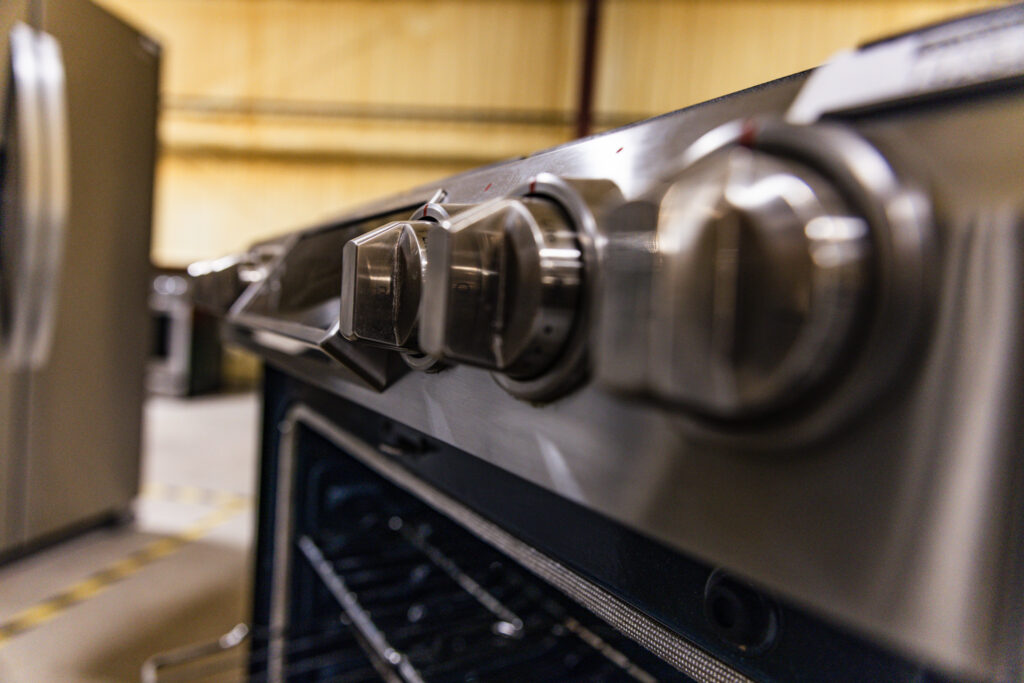
Preventing Ignitor Failures
The best way to avoid gas range repair is to keep your ignitor in top shape. Here’s how to prevent issues and extend your range’s life, especially for scratch and dent models:
- Clean Burners Regularly: Wipe burner heads and caps weekly to remove grease and food debris that can clog ignitors.
- Avoid Spills: Use drip pans to catch overflows, preventing grease from coating the ignitor.
- Check Gas Pressure: Ensure your home’s gas supply is stable; irregular pressure can stress ignitors (consult a professional if needed).
- Limit Rapid Cycling: Avoid turning burners on and off repeatedly in quick succession to reduce ignitor wear.
- Inspect Wiring: Check for loose or frayed wires near the ignitor during annual maintenance; secure or replace as needed.
These simple steps can save you from unexpected repairs and keep your range efficient, reducing energy costs. For more guidance, check out our “5 Tips” videos in the Repair University Maintenance section, tailored to brands like Whirlpool, GE, and Frigidaire.
Why Trust NEU Appliance Repair?
At NEU Appliance Repair, we’re committed to making home appliance repair in Austin seamless and stress-free. Our flat $99 service call fee covers diagnostics, and our Repair or Replace option lets you choose between fixing your range or upgrading to a discounted scratch and dent model. Serving Austin, Georgetown, Round Rock, and beyond, we bring local expertise, transparent pricing, and reliable warranties to every job.
Get Your Gas Range Firing Again
A faulty ignitor doesn’t have to extinguish your cooking plans. Whether you’re diving into gas range ignitor repair or relying on our skilled technicians, NEU Appliance Repair has the tools, parts, and expertise to get your range blazing again. Contact us today to schedule your $99 service call and discover why we’re the trusted name for appliance repair in Austin. Let’s keep your kitchen sizzling and your meals delicious!
